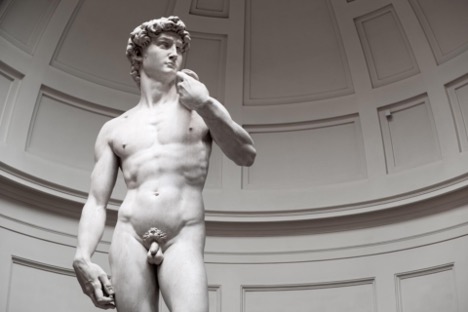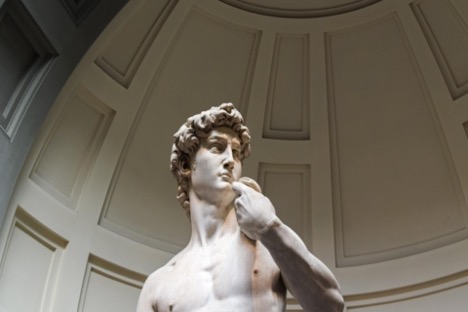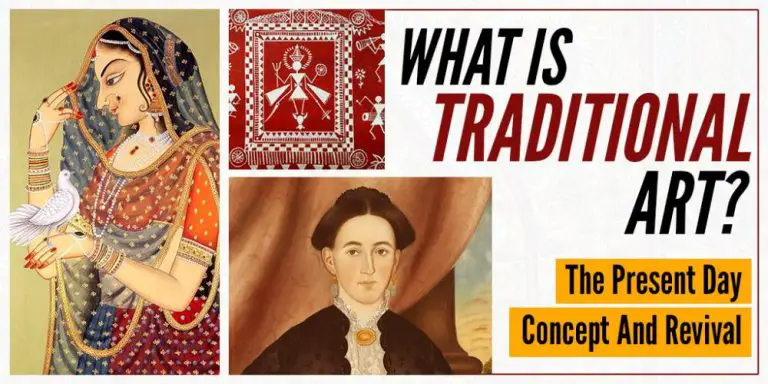What is Autobiographical Art? (Explained)
The concept of autobiographical art is one that people may not have heard of, but when you look at it in more detail, you’ll quickly realize that it’s also relatively straightforward to understand.
People often think of a piece of art in terms of the movement or style the artist was working in. So, when a person thinks of a famous artwork like Bernini’s sculpture of Apollo and Daphne, they think of it in terms of Baroque sculpture.
However, there are other ways to think of art, especially ways that center on the creator of artwork expressing who they are – and that’s where autobiographical art comes in.

(This article may contain affiliate links and I may earn a commission if you make a purchase)
Photo: Unsplash
Understanding Autobiographical Art
If you find yourself wondering “what is autobiographical art?” don’t worry, you’re not alone.
The answer to that question lies in the word “autobiographical.” An autobiography is generally defined as a piece of literature or written work that tells the story of the life of the writer/author.
Similarly, the definition of autobiographical art is artwork expressing something about the artist’s life.
It should be noted that this type of art is not necessarily the same as a self-portrait. A self-portrait is a visual representation of what an artist looks like and is created by the artist themselves. While self-portrait can fall under the auspices of autobiographical art, it is not the be-all and end-all of the genre.
What is Autobiographical Art a Representation of?

Photo: Unsplash
As mentioned, this type of art covers the life of the artist who creates it. However, the question of “what is autobiographical art?” can be answered in several ways. An art piece can be considered autobiographical if it:
- It is an artwork expressing something about the artist’s life and biography.
- It shows what the artist thinks about their personal conception of themselves and how and where they fit into society as a whole.
- It shows the artist’s biography visually.
- A piece of art that examines the underlying, unconscious motivations that the artist may have had for choosing certain subject matter, materials, and other elements of the work.
So, the simplest way to answer the question of “what is autobiographical art?” is to say that it is art where the artist’s life and biography are important for proper subject analysis.
It’s essential to keep in mind that while an artist may choose to create some autobiographical art, all their relevant art need not fall into this genre. For example, Bernini’s sculpture “Bust of Costanza Bonarelli” can be considered autobiographical, as he was having an affair with the subject of the work when it was made.
However, his more mythological works, such as “Aeneas, Anchises, and Ascanius,” “Neptune and Triton,” and the above-mentioned “Apollo and Daphne,” are generally not considered autobiographical in focus.
Do You Need to Look at an Artist’s Life to Interpret Autobiographical Art?
When artwork relates to an artist’s life, it’s easy to wonder if that is the only way in which you should look at and interact with it. After all, if the piece is telling us something about the artist’s biography or their view of themselves, it must have been made only to showcase that part of their lives.
However, this isn’t the case. In literature, there is the concept of the Death of the Author – which is to say, once an author (or artist) creates a work of art, they cease to have control over its meaning. Rather, it’s left to the audience to determine the message of the piece.
The Sculpture of David

Photo: Unsplash
For example, Michaelangelo’s sculpture of David represents his place in the artistic society of Italy during the time of its conception and creation. The statue was initially worked on by the sculptors Agostino di Duccio and Antonio Rossellino over four decades or so before Michaelangelo began his own work on it.
He was awarded the commission over other well-known sculptors and artists, including Da Vinci, and began working on it at the age of 26. The decision to go with him is an indication of how well received his earlier works were, including the well-known Pietà, today located in St. Peter’s Basilica.
The Biblical Story of David

Photo: Unsplash
However, over the years, the statue came to represent more than just Michaelangelo’s skills or even the biblical story of David, which was the subject of the artwork. It soon came to be considered a symbol of the Republic of Florence and the civil liberties the city-state promised.
As Florence was constantly threatened by more powerful rival states and the power of the Medici family, the statue was positioned in such a way that its glaring eyes were always pointed at Rome, the seat of the Medicis and the focal point of their power.
Abstract Autobiographical Art
It should also be noted that some works of autobiographical art are more abstract and may not seem like a visual autobiography at first glance. For example, Marcel Duchamp’s “Self-Portrait in Profile” is an artwork that consists of a square of origami paper torn at the corner. On the other end of the sheet of paper, Dumchamp signed it “Marcel déchiravit” or “Marcel tore this quickly.”
The abstract nature of the work means that it is often not understood as autobiographical. However, the title indicates that it is meant to be read as such – it is a self-portrait of the artist, one that talks about what he feels his place in society was, as well as his interpretation of the motivations behind art (and his own artwork specifically).
Duchamp created 137 such self-portraits, all torn by hand and all autobiographical. At the same time, it’s very likely that a person may not see it as representative of his life and may instead choose to look at it as an artwork devoid of autobiographical meaning.
Lucian Freud “Everything is autobiographical….”

https://stringfixer.com/tags/freud
Other artists claim that all work is autobiography, making any attempt to separate the artist’s life from a piece futile. British artist Lucian Freud once said that “everything is autobiographical and everything is a portrait, even if it’s a chair.” So, it is impossible to separate the artist’s life from a painting or other artwork.
The Viewer’s Interpretation of Autobiographical Artwork
Ultimately, any artwork expressing something about the artist’s life can be considered autobiographical. The way in which it is interpreted lies with the viewer – there are times in which the impact of the artist’s life on the piece is clear, and it’s easy to understand why it is relevant to the piece.
However, with other works, answering questions about the relevance of the creator’s biography to the piece can be more challenging, and it’s easier to look at other elements, such as the influence of mythology and religion of a piece.
What is Autobiographical Art – Final Thoughts
Now that you have a better understanding of what autobiographical art is, you can really enjoy the stories they tell in all their glory.
It’s important to always remember that art is always an expression, and the artist is trying to tell you a story or speak to you on an emotional level, and when you’re able to really see that, you’re already a pro!








